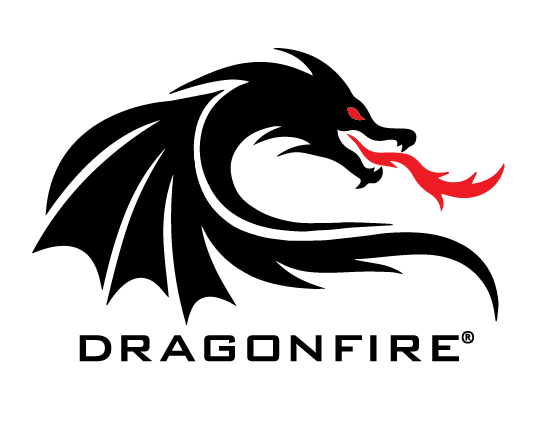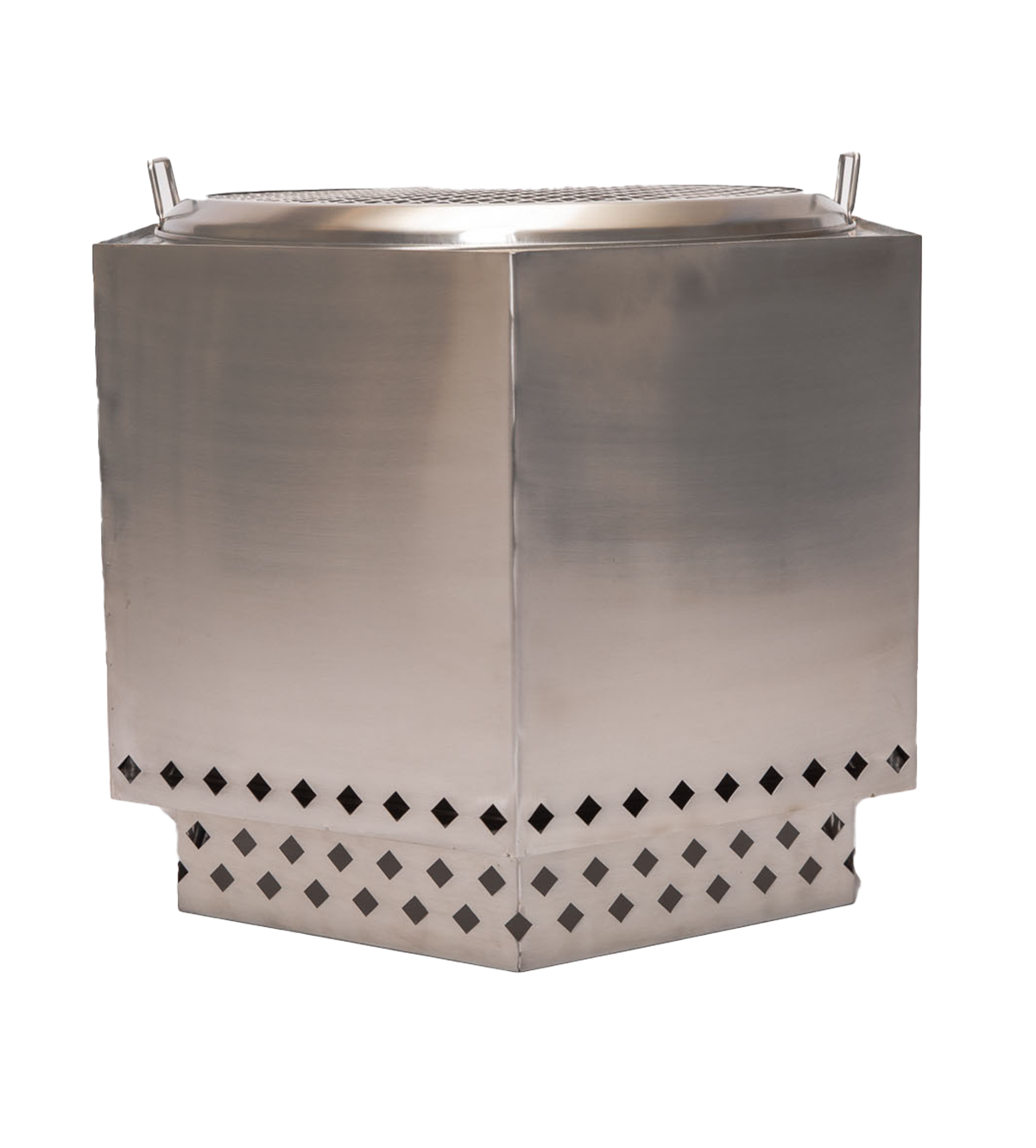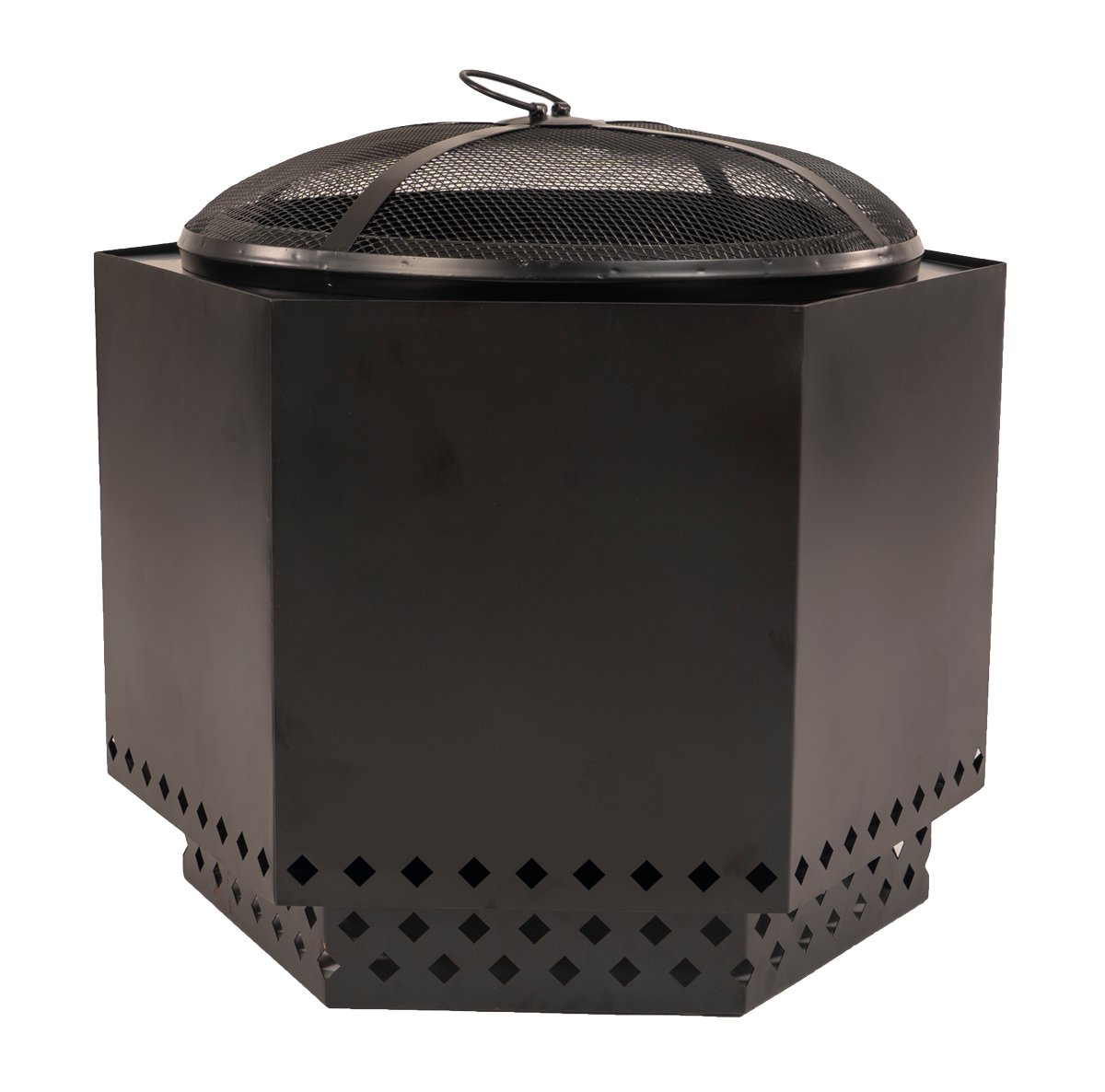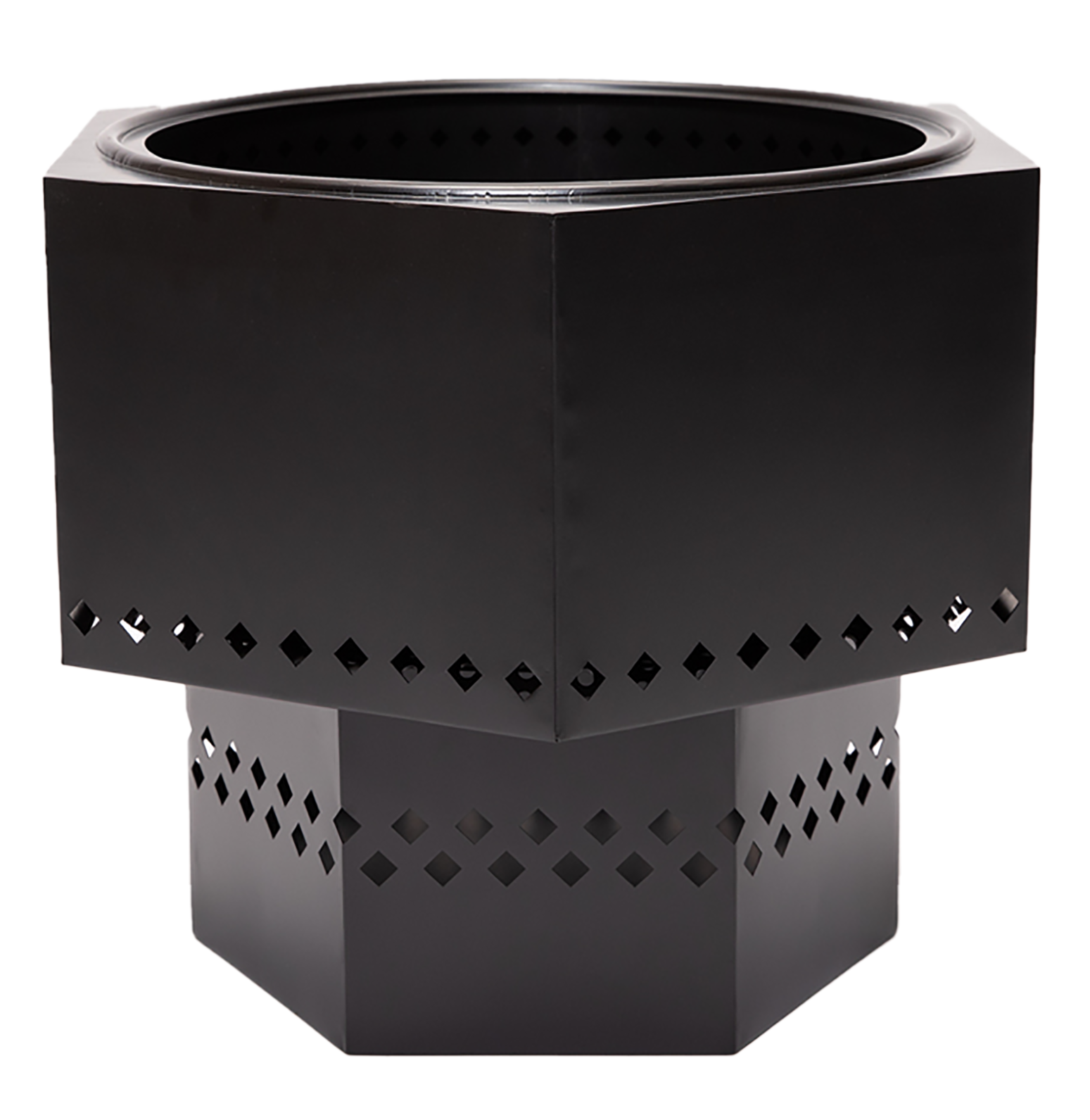Introduction: Addressing the Nuances of Micro-Targeting in Digital Advertising
Effective micro-targeting transcends basic audience segmentation, demanding a granular, data-driven approach that combines advanced data sources, precise technical execution, and continuous optimization. This article explores the intricate techniques and actionable steps necessary to elevate your micro-targeting strategies beyond conventional practices, ensuring your campaigns reach the right niche with unmatched accuracy.
Table of Contents
- 1. Defining Precise Audience Segments for Micro-Targeting
- 2. Data Collection and Integration for Micro-Targeting
- 3. Crafting Micro-Targeted Ad Content and Creative Strategies
- 4. Advanced Targeting Techniques and Parameter Optimization
- 5. Monitoring, Analyzing, and Refining Micro-Targeting Campaigns
- 6. Common Pitfalls and How to Avoid Them in Micro-Targeting
- 7. Integrating Micro-Targeting with Broader Campaign Strategies
1. Defining Precise Audience Segments for Micro-Targeting
a) How to Identify Niche Demographics Using Advanced Data Sources
To pinpoint hyper-specific demographics, leverage data sources such as third-party data aggregators (e.g., Acxiom, Oracle Data Cloud), public records, and industry-specific datasets. Use lookalike modeling on platforms like Facebook and Google to extrapolate small, high-value audiences. For instance, combine consumer credit data, social media activity, and purchase history to isolate micro-demographics such as eco-conscious urban professionals aged 30-40 with disposable income and environmental interests.
b) Techniques for Creating Psychographic Profiles with Behavioral Data
Build psychographic profiles by analyzing behavioral signals like website interactions, time spent on specific content, and engagement with certain ad types. Use clustering algorithms (e.g., K-means, hierarchical clustering) on data points such as click patterns, email opens, and app usage to segment audiences by values, lifestyles, and interests. For example, identify a segment of tech enthusiasts who frequently visit gadget review sites, participate in forums, and share content related to sustainability.
c) Step-by-Step Guide to Segmenting Audiences Based on Purchase Intent
- Collect transactional data from CRM, eCommerce platforms, and loyalty programs to identify recent and frequent purchasers.
- Analyze browsing behavior—time on product pages, cart abandonment rates, and repeat visits.
- Score potential buyers based on engagement levels, recency, and frequency of interactions using a weighted formula.
- Create dynamic segments for high-intent users (e.g., recent visitors with multiple product views), mid-intent, and cold audiences.
- Use predictive modeling (e.g., logistic regression, decision trees) to forecast purchase likelihood.
d) Case Study: Segmenting a Local Business Audience for Hyper-Localized Campaigns
A local coffee shop used geolocation data combined with local event attendance and social media check-ins to identify neighborhood clusters with high foot traffic during mornings. They further refined segments based on survey responses about coffee preferences and commute routes. Implementing this hyper-local segmentation enabled targeted ads promoting morning specials to residents within walking distance, increasing store visits by 25% within a month.
2. Data Collection and Integration for Micro-Targeting
a) How to Aggregate Data from Multiple Platforms (Social, Web, CRM)
Implement a Customer Data Platform (CDP) that integrates APIs from Facebook, Google Analytics, email marketing tools, and your CRM. Use ETL (Extract, Transform, Load) pipelines via tools like Segment, mParticle, or custom scripts to unify data. For example, set up real-time data streams where web activity, ad engagement, and CRM updates are continuously synced, ensuring a comprehensive view of user behavior.
b) Tools and Technologies for Real-Time Data Streaming in Campaigns
Leverage platforms such as Apache Kafka, Google Cloud Pub/Sub, or AWS Kinesis for scalable, real-time data ingestion. Use these to feed data into your analytics engine or ad platforms for dynamic audience adjustments. For example, set up event triggers on your website that push user actions immediately to your ad management system, enabling instant retargeting based on recent activity.
c) Ensuring Data Privacy and Compliance During Data Collection
Adopt privacy-by-design principles: obtain explicit consent via cookie banners, implement data minimization, and anonymize personally identifiable information (PII). Use encryption for data at rest and in transit. Regularly audit your data processes to comply with GDPR, CCPA, and other regulations. For instance, integrate consent management platforms like OneTrust to handle user preferences and ensure compliance before deploying targeted ads.
d) Practical Example: Building a Unified Customer Data Platform (CDP)
A retail chain used {tier2_anchor} to design a unified CDP that aggregated in-store POS data, online browsing history, and loyalty program interactions. They employed a data pipeline with Snowflake for storage, Fivetran for integrations, and Looker for analytics. This consolidated view allowed precise segment creation based on cross-channel behaviors, significantly improving micro-targeting accuracy and campaign ROI.
3. Crafting Micro-Targeted Ad Content and Creative Strategies
a) How to Personalize Ad Copy for Specific Audience Segments
Use dynamic placeholders powered by your data platform to insert segment-specific details. For example, for eco-conscious urban dwellers, craft copy like: “Hi {FirstName}, discover eco-friendly coffee options just around the corner!” Utilize language and offers that resonate with their values and behaviors. Employ A/B testing to refine tone, messaging, and call-to-action (CTA) variations specific to each segment.
b) Dynamic Creative Optimization: Techniques and Implementation Steps
Implement platforms like Google’s DV360 or Facebook Creative Hub that support dynamic creative assets. Create multiple image, headline, and CTA variations tagged with audience attributes. Set up rules so that the ad platform automatically serves the most engaging combination based on real-time performance data. For instance, display a map highlighting the store location for local segments and product images for generic segments.
c) Using Behavioral Triggers to Automate Content Delivery
Set up event-based triggers such as cart abandonment, product page visits, or time spent on a site. Use marketing automation tools like HubSpot or Marketo to automatically serve tailored ads or emails. For example, if a user views a specific product multiple times but hasn’t purchased, trigger a personalized ad offering a discount or review content.
d) Case Study: A/B Testing Different Creative Variations for Niche Segments
A boutique fashion retailer tested two ad creatives targeting eco-conscious millennials: one featuring vibrant product imagery with sustainability icons, the other emphasizing storytelling about eco-friendly sourcing. Through rigorous A/B testing with statistical significance, they identified that storytelling ads increased click-through rates (CTR) by 18%, enabling them to optimize future creative development effectively.
4. Advanced Targeting Techniques and Parameter Optimization
a) How to Use Custom Audiences and Lookalike Audiences Effectively
Start with your highest-value customer list to create a Custom Audience. Use Facebook or Google to generate Lookalike Audiences of similar users, fine-tuning the similarity threshold (e.g., 1% for closest match). Regularly refresh your seed lists and adjust similarity parameters based on performance metrics like conversion rate and engagement, ensuring your audience pool remains precise and relevant.
b) Implementing Geo-Fencing and Hyper-Local Targeting with Precision
Use GPS-based geo-fencing tools integrated with your ad platforms to target users within a radius of 500 meters around key locations. Combine this with contextual signals—like event attendance or local business directories—to refine your audience. For example, target attendees of a nearby concert with exclusive in-event offers, increasing relevance and conversions.
c) Optimizing Bid Strategies Based on Segment Value and Engagement Metrics
Implement bid multipliers for high-value segments identified via predictive scoring. Use platform-specific strategies like Facebook’s Value-Based Bidding or Google’s Enhanced CPC to prioritize users with higher predicted lifetime value (LTV). Constantly monitor key metrics such as CTR, conversion rate, and ROAS, adjusting bids dynamically to maximize ROI.
d) Practical Example: Setting Up and Managing Layered Targeting Parameters in Facebook Ads
Create a layered targeting setup: start with core interests (e.g., sustainability), add geographic filters (e.g., zip codes), then layer behavioral signals (e.g., eco-friendly product page visits). Use Facebook’s Audience Manager to save segments and apply exclusion filters to prevent overlap. Regularly review delivery reports to identify and correct audience overlaps or underperforming layers.
5. Monitoring, Analyzing, and Refining Micro-Targeting Campaigns
a) How to Track Micro-Targeting Performance with Granular Metrics
Utilize advanced analytics dashboards that segment performance by audience attributes—such as age, location, device, and engagement behavior. Track metrics like view-through conversions, micro-conversion events, and engagement depth. Employ tools like Mixpanel or Heap for event tracking, ensuring data granularity matches your segmentation complexity.
b) Identifying and Correcting Targeting Drift or Overlap
Regularly audit audience overlaps using platform analytics or third-party tools like Adverity. Implement exclusion lists and adjust targeting parameters to prevent audience cannibalization. Use frequency capping to avoid ad fatigue, especially in overlapping segments. For example, if two segments show high overlap, refine their criteria by narrowing interests or geographic boundaries.
c) Leveraging Machine Learning for Predictive Audience Adjustments
Employ machine learning models like random forests or gradient boosting to analyze historical performance and predict audience responsiveness. Integrate these insights into your bidding and targeting algorithms. For example, adjust bid multipliers dynamically based on predicted engagement scores, maximizing efficiency in reaching high-potential users.
d) Case Study: Iterative Improvements in Micro-Targeting for a Retail Campaign
A regional apparel retailer applied a cycle of data-driven testing, audience refinement, and creative adjustments. They used granular analytics to identify underperforming segments and redefined their targeting layers. Through iterative A/B tests and machine learning insights, they increased conversion rates by 30% over three months, demonstrating the power of continuous, data-backed optimization.










